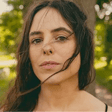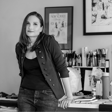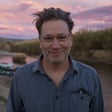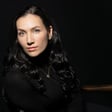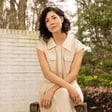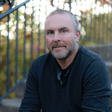
Episode 72—Creative Nonfiction's Hattie Fletcher Kickstarts Year 2 of 'True Story'
Hattie Fletcher says, "[True Story] is a snack in between the main meal." The main meal being the quarterly magazine "Creative Nonfiction." You could say we have something in common. It’s the Creative Nonfiction Podcast, the show where I speak with the world’s best artists about creating works of nonfiction, leaders in the world of narrative journalism, documentary film, essay, memoir and radio and try to deconstruct how these masters go about the work so that you can improve your own. This week I welcome back Hattie Fletcher, who is the managing editor for Creative Nonfiction magazine. What prompted a second trip? Hattie, along with Lee Gutkind and the team over at Creative Nonfiction, started a $27,000 Kickstarter campaign to support the second year of True Story, their monthly offshoot to the quarterly magazine. True Story is a 5-10,000-word stand-alone piece in chapbook or digital form. It’s pretty rad. In this episode we talk about what makes the green-lit pieces pop and what the rejected pieces have in common, and also some of the goodies you can expect with a pledge. I hope after listening to this you’ll head over to the Kickstarter campaign and pledge some hard-earned dough so they can keep doing the work they’re doing on True Story. Full disclosure, I don’t get any kickbacks of any kind. What a guy. Though, it would be nice if you shared the episode and even left a nice review over on iTunes to help validate the podcast so I can keep doing this thing. I’d hate for the business office to come down and slam the door shut on this enterprise. Keep the reviews coming so I can keep the doors open at CNFHQ. Links and show notes are available at brendanomeara.com.
